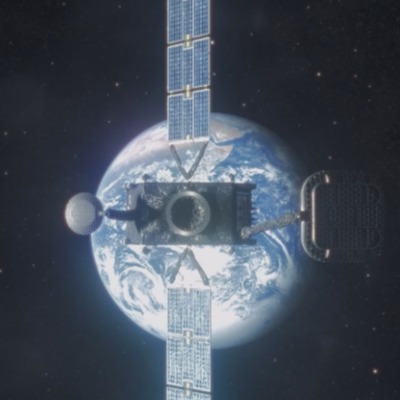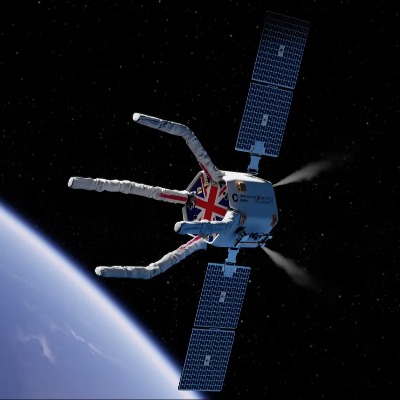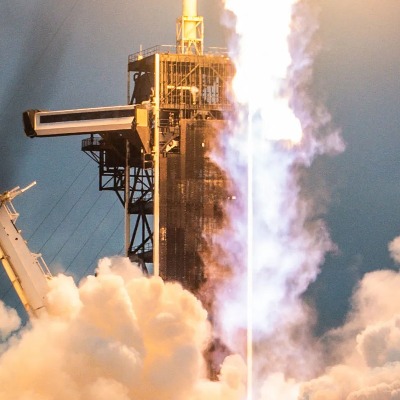Falcon 9 Clears Major Hurdle in Return To Flight Campaign

SpaceX has successfully completed a static fire test of its Falcon 9 rocket, marking a significant step forward in its return to flight campaign. The test, which involved igniting all nine Merlin engines for a brief period, was conducted at the company’s launch pad at Cape Canaveral Space Force Station.
This latest milestone comes after a brief hiatus in launches following a liquid oxygen leak on the rocket’s second stage during a previous mission. SpaceX has been working diligently to address the issue and secure approval from the Federal Aviation Administration (FAA) to resume flight operations.
As of Wednesday evening, the FAA said it was still considering the request and had not yet made a determination.
“When a public safety determination request is received, the agency evaluates safety-critical systems, the nature and consequences of the anomaly, the adequacy of existing flight safety analysis, safety organization performance, and environmental factors,” the FAA said on July 16. “If the FAA agrees no public safety issues were involved, the operator may return to flight while the investigation remains open, provided all other license requirements are met.
A successful static fire test is a critical step in the launch process, as it allows engineers to verify the rocket’s performance and identify any potential issues before launch. With this test complete, SpaceX is now one step closer to returning to flight and continuing its ambitious mission to launch satellites and spacecraft into orbit.
The company has not yet announced a target launch date, but this successful test is undoubtedly a positive sign for SpaceX and its customers.




